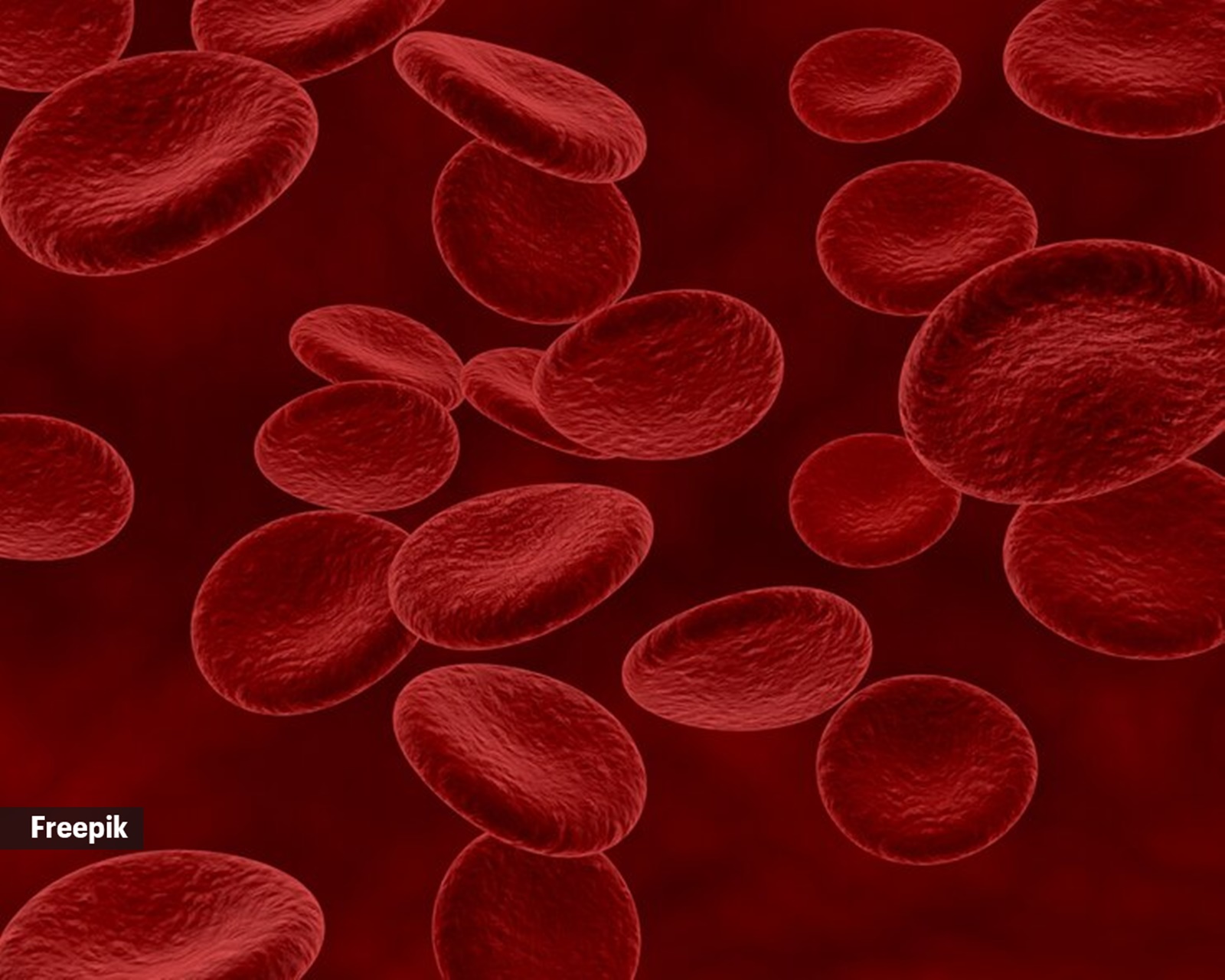📣 For more lifestyle news, click here to join our WhatsApp Channel and also follow us on Instagram
This plant-based gel approved by the FDA is revolutionising trauma care with rapid bleeding control; find out what it is
This new hemostatic agent is designed to address severe bleeding in emergency and trauma situations.
 Can this gel-based solution stop excessive bleeding? (Source: Freepik)
Can this gel-based solution stop excessive bleeding? (Source: Freepik)The United States Food and Drug Administration (FDA) has recently approved a plant-based gel designed to rapidly stop bleeding and enhance the body’s natural clotting process.
“The ability to rapidly stop bleeding at the point of care and halt a life-threatening haemorrhage can be the difference between life and death for people with traumatic wounds,” said Joe Landolina, CEO and co-founder of Cresilon and inventor of the technology.
This innovative solution could have significant implications for medical emergencies, offering vital support to first responders, military personnel, and those in remote areas with limited access to immediate care.
Developed as a tool to stabilise wounds quickly, Cresilon’s Traumagel’s approval opens new possibilities for trauma care. But how exactly does this gel work, and what makes it different from traditional hemostatic agents? To understand its full potential, we turned to experts who can provide insights into its effectiveness and applications.
The FDA has approved Traumagel.
a plant-based gel that quickly stops bleeding and helps the body’s natural clotting process.
This could be vital for first responders, military personnel, and remote care.
Thoughts?#FDAApproval #TraumaCare pic.twitter.com/apYuQADkSR
— Zain Khalpey, MD, PhD, FACS (@ZainKhalpey) October 2, 2024
Dr CM Nagesh, MBBS, MD, DM Cardiology (AIIMS, New Delhi), general secretary of the Indian College of Cardiology (ICC), tells indianexpress.com, “The gel is a new hemostatic agent approved by the FDA, designed to address severe bleeding in emergency and trauma situations. It comprises biocompatible polymers and bioactive components that aid in rapid blood clotting by encouraging platelet aggregation and fibrin formation. This forms a stable clot, which helps stop blood loss. The gel-based formulation is particularly advantageous because it adheres to wet surfaces — a critical feature in heavily bleeding wounds.”
However, he adds that while it is designed to provide rapid clot formation, “the real-world efficacy still depends on several factors,” such as the severity of the injury and the wound environment. Its ability to act as a physical barrier also minimises contamination, but this does not guarantee complete sterility.
How does this gel compare to other hemostatic agents?
Compared to established hemostatic agents, which use kaolin or chitosan to promote clotting, this product introduces a gel-based system. Dr Nagesh adds, “Its ability to adhere to wet surfaces gives it an edge in specific situations, especially those involving actively bleeding wounds. In contrast, traditional powdered or gauze-based hemostatics may not be as effective on wet wounds.”
That said, he says, each hemostatic agent has advantages and limitations depending on the situation.
Can the gel be used effectively on different wounds, including severe injuries?
It is designed to be versatile and can be used on various wounds, from minor cuts to severe traumatic injuries, says Dr Nagesh. “It has shown promise in early trials for its rapid action, stopping blood flow within minutes of application. Its ability to cover and adhere to irregular wound surfaces provides a practical advantage in situations involving deep lacerations or penetrating injuries.”
Dr Nagesh stresses, “However, the gel’s performance may be influenced by factors such as the size and depth of the wound, as well as environmental conditions like temperature and moisture levels. While it is reported to work quickly in controlled conditions, further studies are needed to fully assess how it performs under different environmental stressors or when applied by non-medical personnel.”
 While it offers rapid clotting and wound coverage, especially on wet surfaces, its performance in extreme conditions and its risks of allergic reactions and infection must be carefully considered (Source: Freepik)
While it offers rapid clotting and wound coverage, especially on wet surfaces, its performance in extreme conditions and its risks of allergic reactions and infection must be carefully considered (Source: Freepik)
Potential limitations or risks associated
Dr Jagadish Hiremath, public health intellectual, states that while the gel introduces a promising option for managing severe bleeding, “it is not without limitations.” Its effectiveness, compared to existing hemostatic agents, still requires further study in diverse real-world environments.
“While it offers rapid clotting and wound coverage, especially on wet surfaces, its performance in extreme conditions and its risks of allergic reactions and infection must be carefully considered,” he warns.
Dr Nagesh remarks, “In extreme temperatures or wet conditions, the gel’s effectiveness could be compromised. Cold environments might slow the adhesive properties, while excessive moisture could interfere with clotting efficiency.”
Furthermore, despite forming a protective barrier, improper wound cleaning before application may trap bacteria beneath the gel, increasing the risk of infection.
“Although the gel is designed to be biocompatible, individuals with known sensitivity to certain polymers may experience localised reactions such as swelling or inflammation,” Dr Nagesh mentions.
DISCLAIMER: This article is based on information from the public domain and/or the experts we spoke to. Always consult your health practitioner before starting any routine.
📣 For more lifestyle news, click here to join our WhatsApp Channel and also follow us on Instagram
Photos



- 01
- 02
- 03
- 04
- 05
























